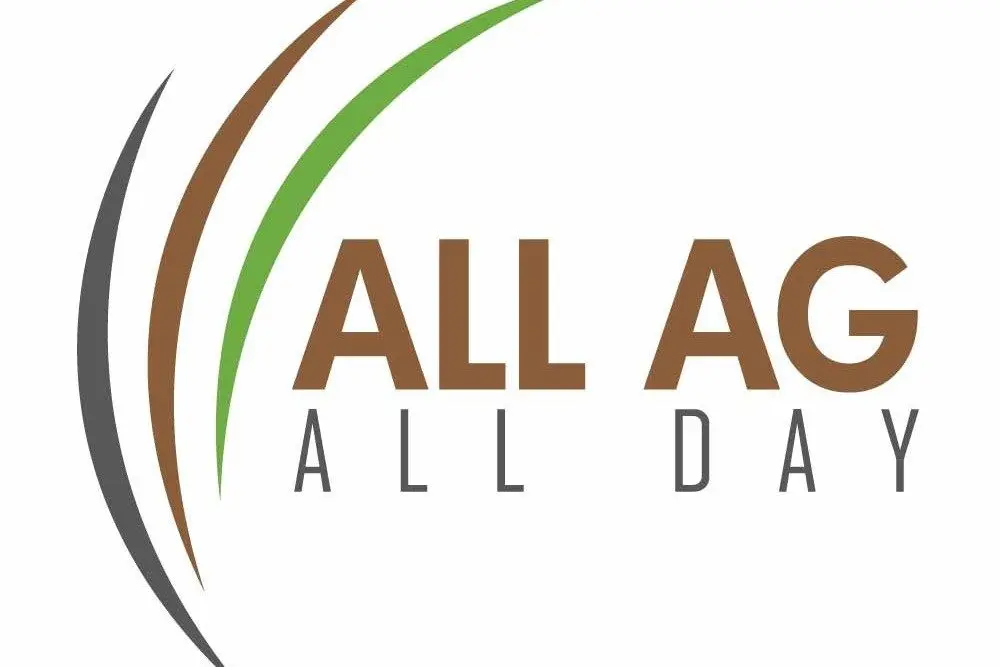
All Ag, All Day is the nation's only full-time farm radio station with studios in Floydada and Nashville, TN (www.AllAgNews.com)
Soy Growers Alarmed As US-China Trade Talks Collapse
WASHINGTON, DC – Escalating U.S.–China tensions threaten soybean demand just as farm finances are stretched.
After Beijing tightened rare-earth export controls, President Trump scrapped a planned meeting with President Xi and threatened an additional 100% tariff—moves that cloud near-term export prospects. The American Soybean Association’s Caleb Ragland said farmers had hoped talks would reopen their single biggest market; instead, uncertainty is rising while China keeps diversifying purchases toward other regions.
Analysts note Beijing is leveraging rare-earth dominance and that a looming Supreme Court case on presidential tariff powers could reshape Washington’s toolbox, adding a fresh policy wild card. Markets are absorbing conflicting signals: Chinese exports and imports outside the U.S. remain resilient, suggesting any U.S. shortfall can be partly backfilled elsewhere—leaving U.S. soybeans to compete harder on price, freight, and reliability.
Farm-Level Takeaway: Protect margins—consider stepped hedges, basis contracts where strong, diversify sales beyond China, and watch the policy calendar (tariff actions, any revived talks, and the Court’s tariff case) that could swing bids quickly.
**********
Fifty Years Show Grain Storage Rarely Beats Costs
URBANA, IL – Storing corn and soybeans only pays if it clears costs—and history says that’s rare.
Dr. Carl Zulauf of Ohio State University analyzed net storage returns since 1973 (farmdoc daily) and finds cash storage that runs past June is usually a loser as prices tend to fade into late summer. For storage ending by June, average returns for both cash and futures-hedged strategies don’t differ from zero—meaning they typically just cover interest and commercial storage fees.
Even so, on-farm bins can still pencil via faster harvest, lower field loss, and more flexible delivery/basis choices. Soybeans have shown somewhat better (though not statistically different) cash returns than corn, consistent with faster demand growth, while hedged storage’s clear advantage is lower risk—especially beyond January. Seasonals still matter: prices often build from harvest into late spring, but the edge commonly disappears after June, and most years won’t reward “one more month” bets.
Farm-Level Takeaway: Treat storage as risk management and logistics—budget to break even, sell by June unless basis or carry truly pays, and use hedges to tame volatility. Read the entire article here: https://farmdocdaily.illinois.edu/2025/10/net-return-to-storing-us-corn-and-soybeans-since-1973.html
**********
Modernizing Yield Grading To Match Today’s Beef Carcasses
LUBBOCK, TX – Pricing signals only work when they reflect what packers can actually sell, yet today’s yield grade was built for 1960s cattle—not the heavier, trimmer animals modern genetics produce.
Dr. Jessica Lancaster of the National Cattlemen’s Beef Association (a contractor to the Beef Checkoff) says the industry’s Red Meat Yield Round Table is tackling that gap so producers are accurately paid for true saleable yield. The current USDA yield grade equation often explains less than half of the real variation in red meat yield, which means premiums and discounts can miss the mark. New tools can fix it: 3D imaging has shown it can account for over 90% of saleable yield, CT scans measure carcass composition with near-lab accuracy, and even radar shows promise for predicting yield in live cattle.
Updating yield assessment to incorporate these technologies would align prices with product, reward efficient cattle, and advance the Beef Industry Long Range Plan into 2026–2030.
Farm-Level Takeaway: Better yield measurement means fairer grids, clearer breeding targets, and more dollars for truly efficient cattle.
**********
Mortgage Dip, Community Bank Fixes Could Aid Countryside
NASHVILLE, TN – Cheaper mortgages and a potential capital-rule tweak could ease credit in small towns.
Thirty-year fixed rates ticked down to 6.30% (from 6.34% a week ago; 6.32% a year ago) and 15-year rates to 5.53% (5.55% last week; 5.41% a year ago), per Freddie Mac — helpful for farm families buying homes, refinancing, or shifting equity.
Meanwhile in Washington, community bankers met with regulators as Treasury and FDIC moved to review the Community Bank Leverage Ratio (CBLR). Fed Vice Chair for Supervision Michelle Bowman noted fewer than half of eligible banks use the optional rule, and lenders say the 9% threshold and lingering big-bank definitions keep them on the sidelines. ABA leaders—including Vice Chair Cathy Owen and board member Tom Fraser—argued for practical fixes: calibrate CBLR at 8%, simplify capital definitions, and avoid double-asking for risk-weighting when banks opt into CBLR. For rural borrowers, freeing up community-bank balance sheets could mean steadier home loans, operating lines, and ag real-estate financing as winter planning ramps up.
Farm-Level Takeaway: Slightly lower rates help at the margin; bigger wins come if CBLR reforms unlock more Main Street ag credit.



